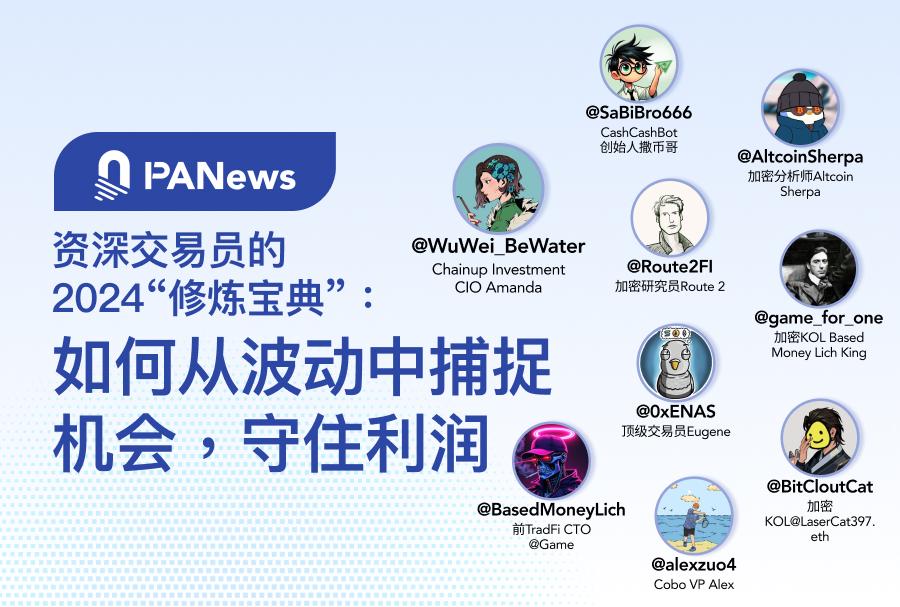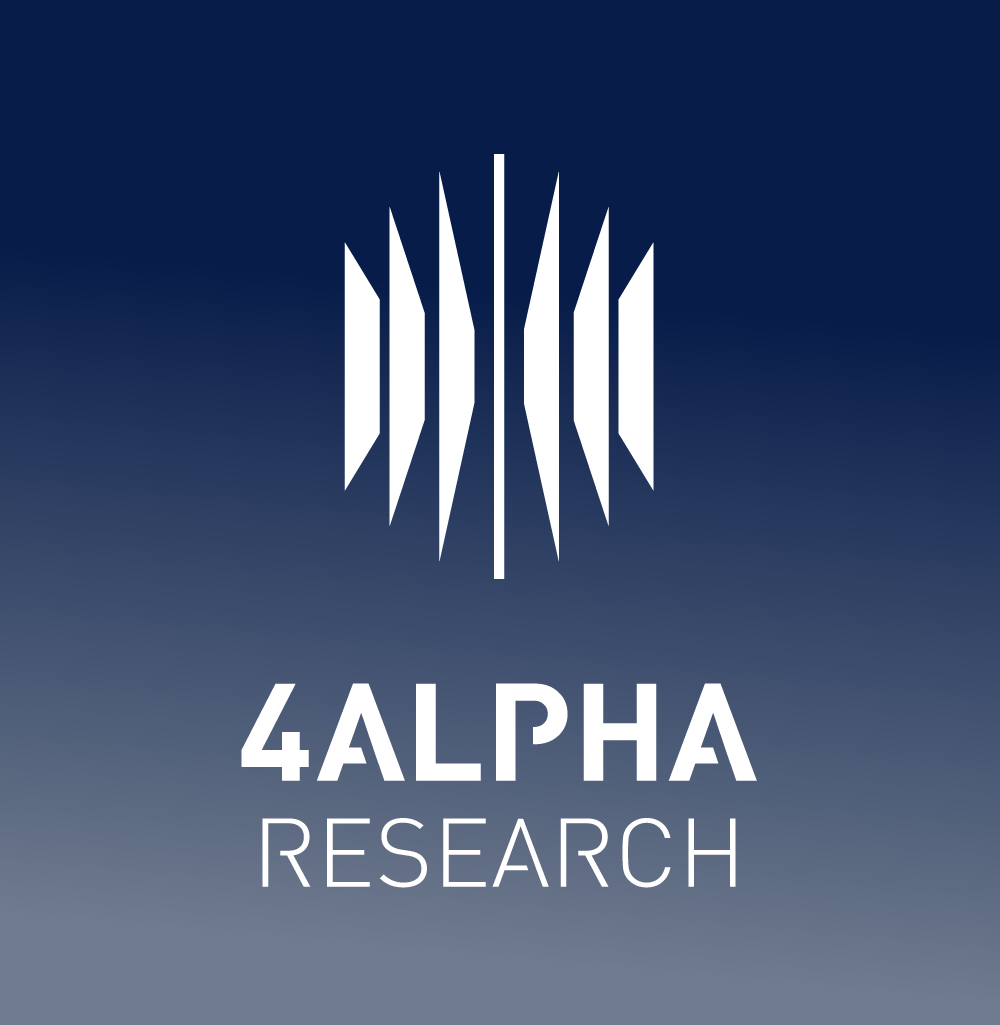-
 深潮TechFlow · 34 分鐘前
Binance全球用戶調查:45%的受訪者在2024年入場,24%看好AI代幣發展
深潮TechFlow · 34 分鐘前
Binance全球用戶調查:45%的受訪者在2024年入場,24%看好AI代幣發展新用戶謹慎而活躍的態度,與資深用戶的長期信心相結合,展現了加密市場日益成熟與強大的韌性。
-
 Felix · 一小時前
從20秒影片捕捉PumpFun團隊錢包位址,都交易了哪些代幣?
Felix · 一小時前
從20秒影片捕捉PumpFun團隊錢包位址,都交易了哪些代幣?PumpFun 團隊正積極交易低市值代幣。
-
 PA一线 · 2 小時前
幣安將支援Optimism(OP)網路升級及硬分叉
PA一线 · 2 小時前
幣安將支援Optimism(OP)網路升級及硬分叉幣安預計2025年01月10日01:00(東八區時間)暫停Optimism(OP)網路的代幣儲值、提現業務,以支援其網路升級及硬分叉。
-
 Odaily星球日报 · 2 小時前
明年的劇本怎麼走?山寨季何時到來?知名交易員0xKyle親述2025加密投資策略
Odaily星球日报 · 2 小時前
明年的劇本怎麼走?山寨季何時到來?知名交易員0xKyle親述2025加密投資策略不同情況該如何因應?靈活換倉還是長線拿住?哪些板塊及代幣值得關注?
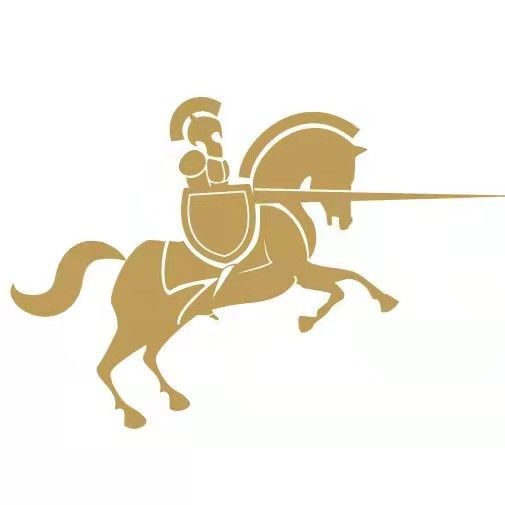 区块链骑士 · 2 小時前
SBF會被總統赦免而提前出獄嗎?
区块链骑士 · 2 小時前
SBF會被總統赦免而提前出獄嗎?從歷史上看,政治捐贈者及其附屬機構在定罪和赦免方面本身俱有巨大優勢。
-
 PA一线 · 2 小時前
Xterio將於2025年1月8日進行TGE
PA一线 · 2 小時前
Xterio將於2025年1月8日進行TGE遊戲基礎設施和AI遊戲工作室Xterio官方宣布,其代幣生成活動(Token Generation Event)定於2025年1月8日正式啟動。官方表示,這將開啟一個融合AI、遊戲與社群的新紀元。
-
 PA一线 · 2 小時前
Pantera Capital:2024年穩定幣調整後交易量超過5兆美元
PA一线 · 2 小時前
Pantera Capital:2024年穩定幣調整後交易量超過5兆美元Pantera Capital在部落格中指出,儘管加密貨幣經常因其波動性、代幣及流動性而備受關注,但穩定幣才是默默推動加密貨幣普及的關鍵力量。從2020年僅佔區塊鏈交易的3%,到如今持續佔據超過50%的交易份額,穩定幣實現了顯著成長。
-
 YBB Capital · 3 小時前
破局與再造:2025加密世界全景展望
YBB Capital · 3 小時前
破局與再造:2025加密世界全景展望2025年,區塊鏈、DeFi和加密貨幣的未來面臨前所未有的挑戰與機會。隨著技術的發展和市場需求的變化,穩定幣、支付系統、去中心化交易所以及資產發行將成為產業發展的關鍵領域。穩定幣將朝向更穩定的底層資產和去中心化治理邁進,支付領域將迎來基於區塊鏈的新型支付方式,降低跨境匯款成本並優化新興市場金融服務。去中心化交易所和AI代理的結合將推動金融生態的革新,而資產發行的門檻降低帶來的風險也促使產業重新審視區塊鏈的核心價值和發展方向。
-
 交易时刻 · 3 小時前
OSL交易時刻:俄羅斯擴大比特幣對外貿易應用,市場普遍預期即將迎來"山寨季"
交易时刻 · 3 小時前
OSL交易時刻:俄羅斯擴大比特幣對外貿易應用,市場普遍預期即將迎來"山寨季"每日行情重點資料回顧與趨勢分析,由PANews與OSL共同出品。
-
 imToken · 4 小時前
2025以太坊生態敘事前瞻:從Pectra升級到NFT市場煥新
imToken · 4 小時前
2025以太坊生態敘事前瞻:從Pectra升級到NFT市場煥新展望2025 年,以太坊生態又有哪些值得用戶關注的事件呢?
- 加密貨幣流通市值(7天)$3,460,306,774,748Market Cap恐懼貪婪指數(近30天)
 PA一线 · 4 小時前
昨日美國現貨比特幣ETF淨流入4.75億美元,以太幣ETF淨流入1.18億美元
PA一线 · 4 小時前
昨日美國現貨比特幣ETF淨流入4.75億美元,以太幣ETF淨流入1.18億美元昨日美國比特幣現貨ETF淨流入4.7515億美元,以太幣現貨ETF淨流入1.177億美元。
-
 曼昆区块链 · 5 小時前
Web3律師:企業轉型Web3發幣一條龍服務,可靠嗎?
曼昆区块链 · 5 小時前
Web3律師:企業轉型Web3發幣一條龍服務,可靠嗎?在許多非幣圈老韭菜的印像裡,Web3創業就等於發了個幣。
-
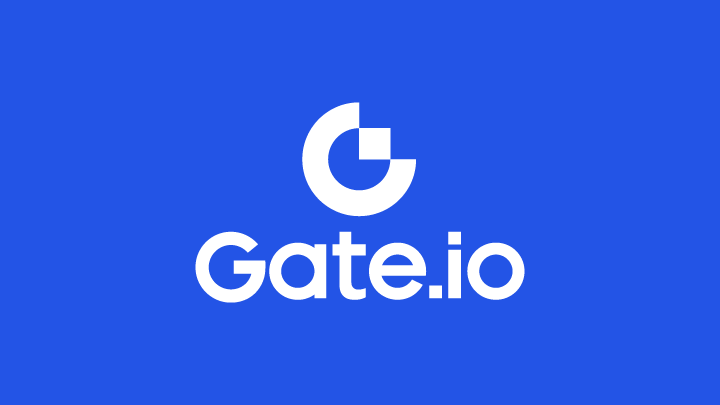 Gate.io · 5 小時前
從儲備金到風控,Gate.io如何打造全方位資產安全體系?
Gate.io · 5 小時前
從儲備金到風控,Gate.io如何打造全方位資產安全體系?目前Gate Group已在香港、直布羅陀、馬耳他、義大利、澳洲等多個國家和地區成功獲得監管牌照或批准。
-
 Nancy · 5 小時前
資深交易員的2024「修練寶典」:如何從波動中捕捉機會,守住利潤
Nancy · 5 小時前
資深交易員的2024「修練寶典」:如何從波動中捕捉機會,守住利潤本文PANews透過對多位資深交易員的訪談與整理,分享他們在2024年中的營運經驗與投資教訓,探討如何優化交易策略,捕捉市場機會並守住利潤。
-
 PA一线 · 5 小時前
Jupiter將於下個月空投7億枚JUP,符合資格的錢包數量約230萬個
PA一线 · 5 小時前
Jupiter將於下個月空投7億枚JUP,符合資格的錢包數量約230萬個Solana生態去中心化交易所Jupiter宣布將於下個月進行JUPuary空投,共7億枚JUP代幣,價值超過5.9億美元。其中分配給用戶的JUP總量為4.25億枚,其中7500萬枚JUP預留給質押者;符合資格的錢包數量約230萬個:包括200萬個Swap交易用戶,以及32萬個專業交易者;每質押1枚JUP可獲得0.1枚JUP的獎勵。
-
 Web3 农民 Frank · 6 小時前
TGE在即,聊聊StakeStone Berachain Vault的BERA“淘金指南”
Web3 农民 Frank · 6 小時前
TGE在即,聊聊StakeStone Berachain Vault的BERA“淘金指南”「一次存入,兩層網絡,多重收益」,對普通用戶來說,告別複雜的「傻瓜式」捕捉Berachain 早期紅利的必備利器。
-
 PA一线 · 6 小時前
昨夜今晨重要資訊(12月26日-12月27日)
PA一线 · 6 小時前
昨夜今晨重要資訊(12月26日-12月27日)與川普有關的資管公司Strive申請「比特幣債券」ETF;Bitwise向美SEC申請「比特幣標準公司ETF」;ai16z將於1月1日左右公佈新代幣經濟學提案。
-
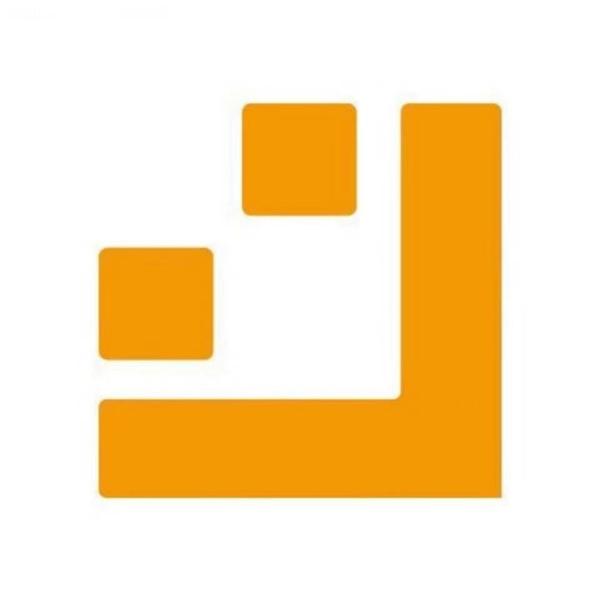 金色财经 · 7 小時前
10張圖表回顧2024年的加密市場
金色财经 · 7 小時前
10張圖表回顧2024年的加密市場如何定義2024年的加密市場?
-
 PA一线 · 7 小時前
Siqi Chen逐步拋售獲贈Mira幣助捐Ccancer實驗室,Mira市值一度跌至1400萬美元
PA一线 · 7 小時前
Siqi Chen逐步拋售獲贈Mira幣助捐Ccancer實驗室,Mira市值一度跌至1400萬美元創業金融平台Runway的執行長兼財務長Siqi Chen昨發帖,呼籲大家捐款支持位於科羅拉多大學的Ccancer實驗室。該實驗室是北美唯一研究兒童顱咽管瘤的機構,Siqi Chen年幼的女兒Mira正受此病痛折磨。由於包括X平台CEO Linda Yaccarino在內的多位知名X用戶的轉發推廣,截至本文撰寫時,Siqi Chen在GoFundMe上發起的籌款已突破23萬美元。
更多內容 Dec . 27
Dec.27






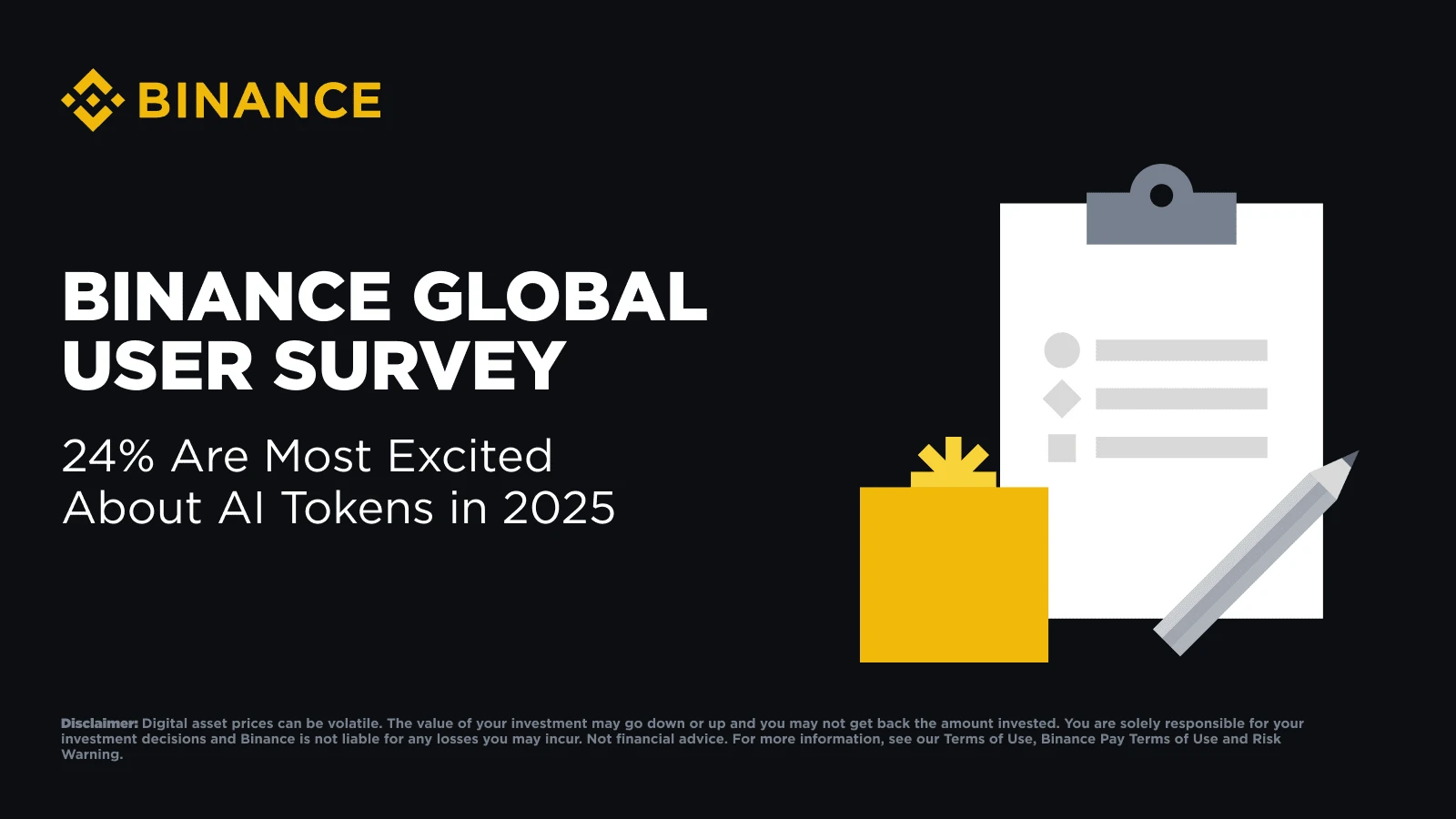

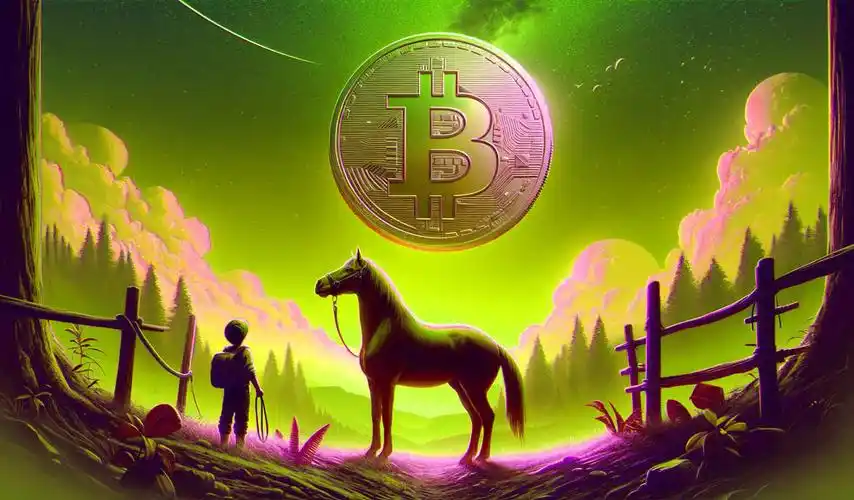










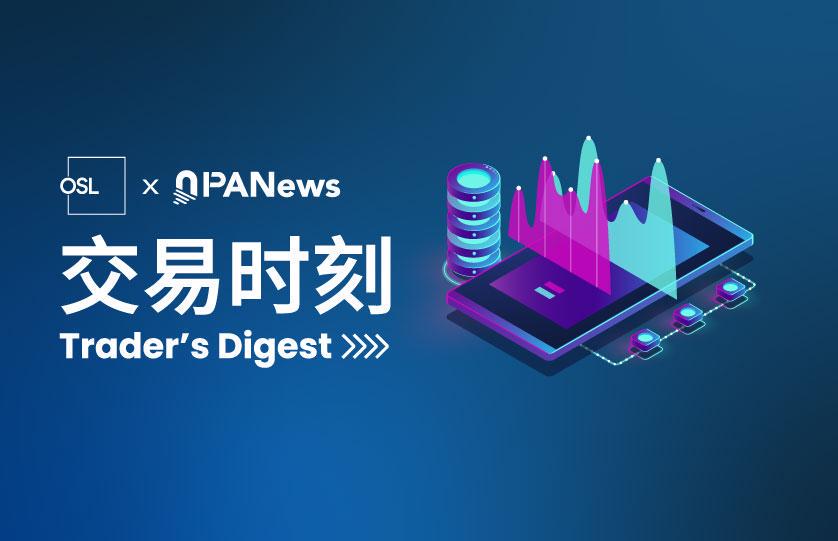
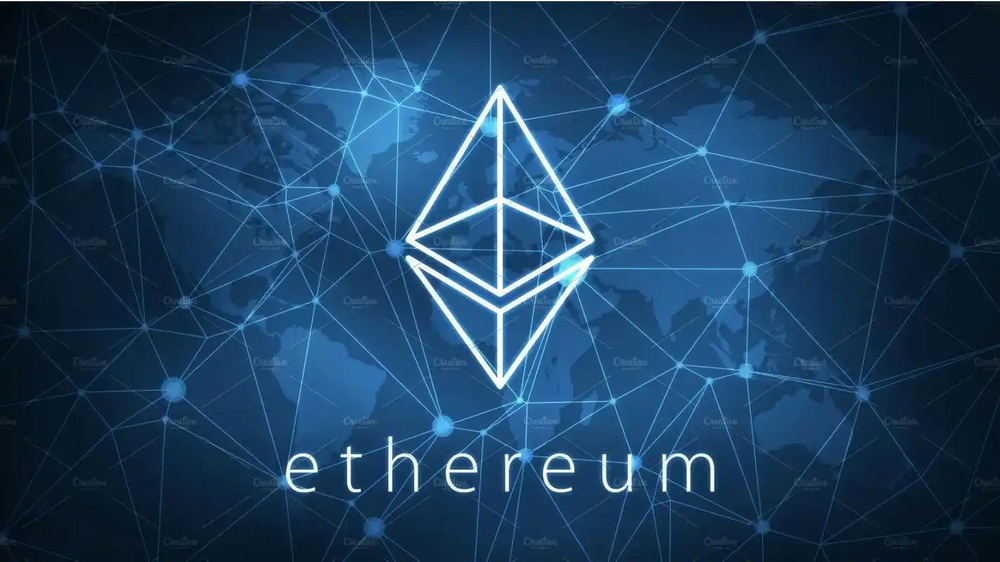
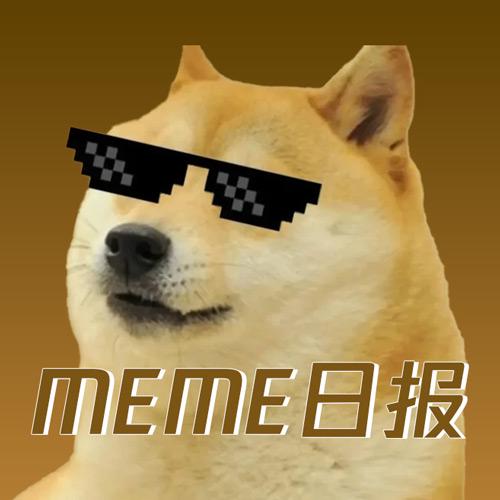 Meme日报 · 5 小時前
Meme日报 · 5 小時前


